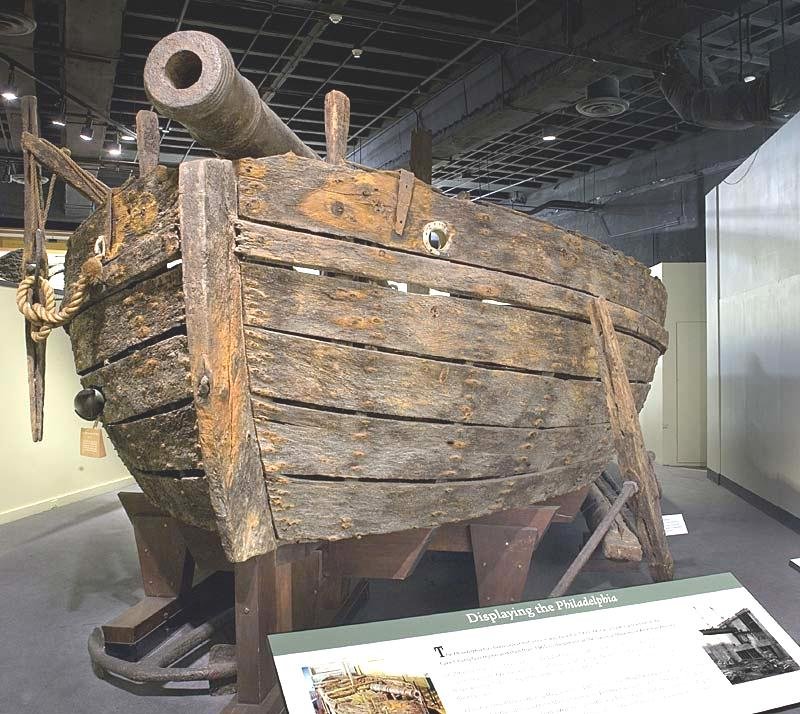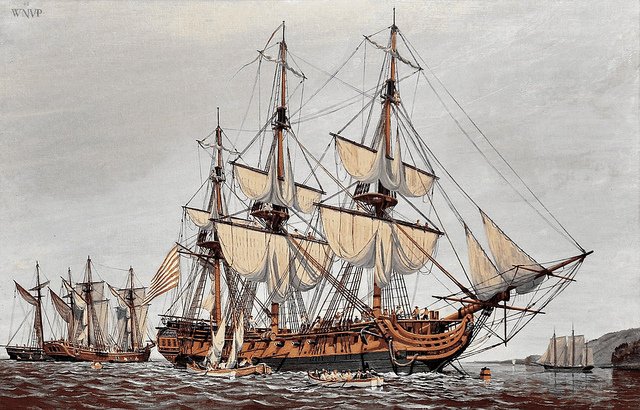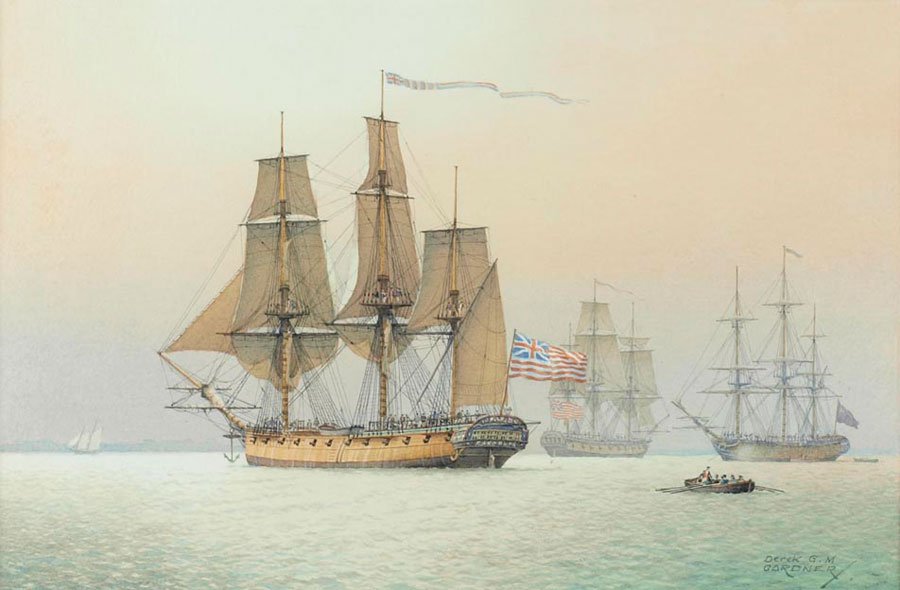-
Posts
1,876 -
Joined
-
Last visited
Content Type
Profiles
Forums
Gallery
Events
Everything posted by Chuck Seiler
-
I had similar results with my hold, but for different reasons. Test staining of structural pieces (frames) proved less than satisfactory. I ended up using wood dye (brown in the lower areas and a mix of brown and golden yellow above deck). The brown was darker than I wanted but the brown/golden yellow got me close to what I wanted. I went with B/GY on the deck beams. My planking stain will be Golden Pecan rather than Golden Oak. At the end of the day, the 'rustic' lower deck may work out well. The various colored barrels give the cargo and lower deck a well used look. ...although if you are looking for pristine, that may not be what you want. Why did you go with Miniwax Poly BEFORE you stained? It seemed to me that would inhibit penetration.
- 76 replies
-
- Pinas
- kolderstok
-
(and 2 more)
Tagged with:
-
I will second the motion on walnut being too coarse-grainy and dark. I also find it too brittle. I love cherry for frames/bulkheads and some furniture, but not consistent for planking. For a model I hope to be a quality piece, I like boxwood for hull planking. works wee, sands well, staims well. A bit pricey these days, but... Another favourite is Alaskan Yellow Cedar. Not as hard as box. A little harder than basswood, but works and finishes well (IMO).
-
Eyesplice or cow hitch on the ends. Clove hitch on all others.
-
The San Diego Ship Modelers Guild and Beer Drinking Team will be taking this on as a community build. I think we have 12 folks diving in.
- 80 replies
-
- rigging/masts
- NRG
-
(and 2 more)
Tagged with:
-

Gunboat Philadelphia 1776 by tmj
Chuck Seiler replied to tmj's topic in - Build logs for subjects built 1751 - 1800
I don't know the details, I just saw it on Wikipedia. -

Gunboat Philadelphia 1776 by tmj
Chuck Seiler replied to tmj's topic in - Build logs for subjects built 1751 - 1800
Just the opposite. It seems to be in pretty good shape (considering) but ;they' don't want to make the same mistakes Lorenzo Hagglund made in 1935. He did a fair job with what he had available, but modern archeologist shudder. The Lake Champlain Maritime Museum announced in June 2017 a five-phase plan to raise and preserve the Spitfire, anticipating a cost of about $44 million and a timeframe of 22 years. -

Gunboat Philadelphia 1776 by tmj
Chuck Seiler replied to tmj's topic in - Build logs for subjects built 1751 - 1800
Well, partially correct. Spitfire DID exist. She was damaged during the battle but managed to escape with the survivors, only to sink at Schyler's Island the next day. SPITFIRE was discovered in 1997, but never raised. The centerline COULD be a bit off. -

Gunboat Philadelphia 1776 by tmj
Chuck Seiler replied to tmj's topic in - Build logs for subjects built 1751 - 1800
I would not consider that a major discrepancy. How much is it off? 1/8". Given that nobody will see it and it is close enough given all the McGivering they did with the real gunboats, I don't think it is an issue. I know you are shooting for perfection, but... On the other hand, if you make a prototype and a finished, one can be Philly and one can be Spitfire (still at the bottom). -

18th Century Iron nails
Chuck Seiler replied to tmj's topic in Building, Framing, Planking and plating a ships hull and deck
Keith, Tom is working at is 1: 24 IIRC. That would be 3/64" across. -

18th Century Iron nails
Chuck Seiler replied to tmj's topic in Building, Framing, Planking and plating a ships hull and deck
Ooops. Sorry. For another project, I am planning on using 3/64" x 3/64" boxwood as a precursor for treenails. I will round them down using my Dremel. Perhaps doing that, but leaving a small bit of unrounded square part exposed (dyed or painted black) would do it. By my calculation, that would result in a scale 1.125" wide nailhead. -

18th Century Iron nails
Chuck Seiler replied to tmj's topic in Building, Framing, Planking and plating a ships hull and deck
That's the way that I read it also, however. I'm also really interested in reading what is mentioned on all those missing pages. That may be true in most circumstances, and in many cases they would use tree nails, but the Philadelphia is a cow of a different color. They were not worried about iron corrosion or wood deterioration. They knew the vessels would not be around long enough for that to be a concern. They WERE concern about getting the flotilla built and underway as soon as possible. -
This is really looking great!!!! Love the barrels.
- 76 replies
-
- Pinas
- kolderstok
-
(and 2 more)
Tagged with:
-
Trunnels (tree nails) were installed perpendicular to the face of the plank. The trunnel was often split and a small wooden wedge driven into the center to expand the trunnel and keep it in place. HOWEVER...Philadelphia's external planking is nailed into place with iron nails. They didn't expect the ships to be around long so they were not concerned about them rusting. IRONically, the ship/boat AND the nails did survive and are on display in the Smithsonian 248 years later.
-

Book on planking
Chuck Seiler replied to Fraser1945's topic in Building, Framing, Planking and plating a ships hull and deck
I second Toni's suggestion. It is a great teaching tool and a great show piece when done well (which mine was NOT, but others in my club were). -
I have pretty much suspended work on the model pending our Country Fair. I will be working on it over a 9 day period in our club's ship modeling booth. I got as far as first futtock and some work on other pieces so I can work on it there. That having been said, I may finish a scrap piece of wood and try the 'bolt thing' just to see how it works out. My thought is that if you buff the exposed end just before you insert it into the wood, using a cloth or something to avoid touching, it should work. We'll see.
- 76 replies
-
- Pinas
- kolderstok
-
(and 2 more)
Tagged with:
-
One idea I am toying with is using appropriate size phospher broze wire from Tichy Train Group. Insert a small piece after the wood is finished, leaving a small rounded nib exposed. Then, darken using liver of sulpher. I am told it will not affect the wood.
- 76 replies
-
- Pinas
- kolderstok
-
(and 2 more)
Tagged with:
-
Only three? You are slacking off. Good luck with the paper model. I am a bit leary after my experience with Wutender Hund. Yeah, sometimes those kits from Europe to the US can take awhile. I just finished a model from Ukraine (Shallop by Pavel Nikafin) and started one from Netherlands (Pinas Cross Section-Kolderstock). Both took a long time in transit.
- 146 replies
-
- Speeljacht
- Seahorse
-
(and 2 more)
Tagged with:
About us
Modelshipworld - Advancing Ship Modeling through Research
SSL Secured
Your security is important for us so this Website is SSL-Secured
NRG Mailing Address
Nautical Research Guild
237 South Lincoln Street
Westmont IL, 60559-1917
Model Ship World ® and the MSW logo are Registered Trademarks, and belong to the Nautical Research Guild (United States Patent and Trademark Office: No. 6,929,264 & No. 6,929,274, registered Dec. 20, 2022)
Helpful Links
About the NRG
If you enjoy building ship models that are historically accurate as well as beautiful, then The Nautical Research Guild (NRG) is just right for you.
The Guild is a non-profit educational organization whose mission is to “Advance Ship Modeling Through Research”. We provide support to our members in their efforts to raise the quality of their model ships.
The Nautical Research Guild has published our world-renowned quarterly magazine, The Nautical Research Journal, since 1955. The pages of the Journal are full of articles by accomplished ship modelers who show you how they create those exquisite details on their models, and by maritime historians who show you the correct details to build. The Journal is available in both print and digital editions. Go to the NRG web site (www.thenrg.org) to download a complimentary digital copy of the Journal. The NRG also publishes plan sets, books and compilations of back issues of the Journal and the former Ships in Scale and Model Ship Builder magazines.







